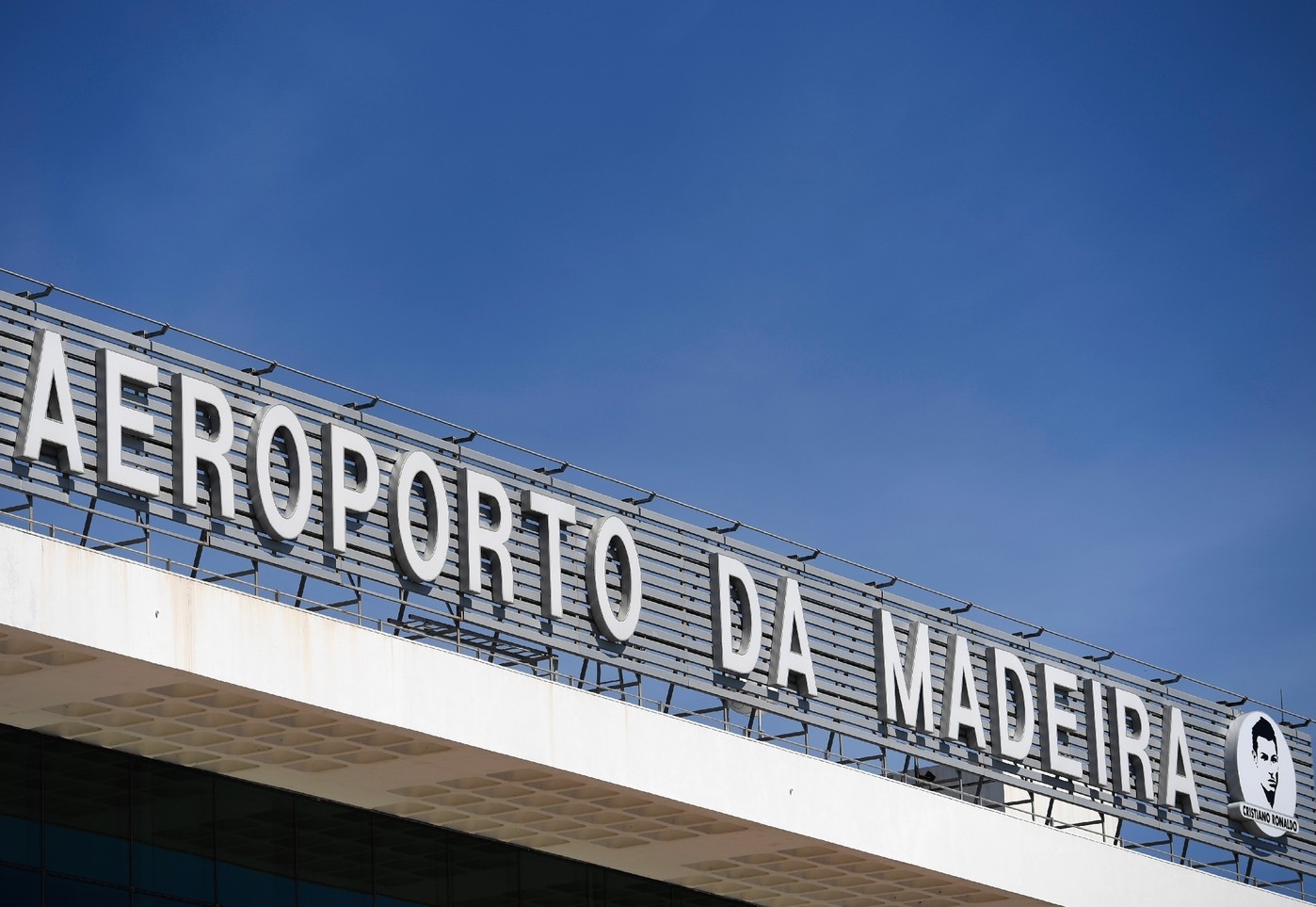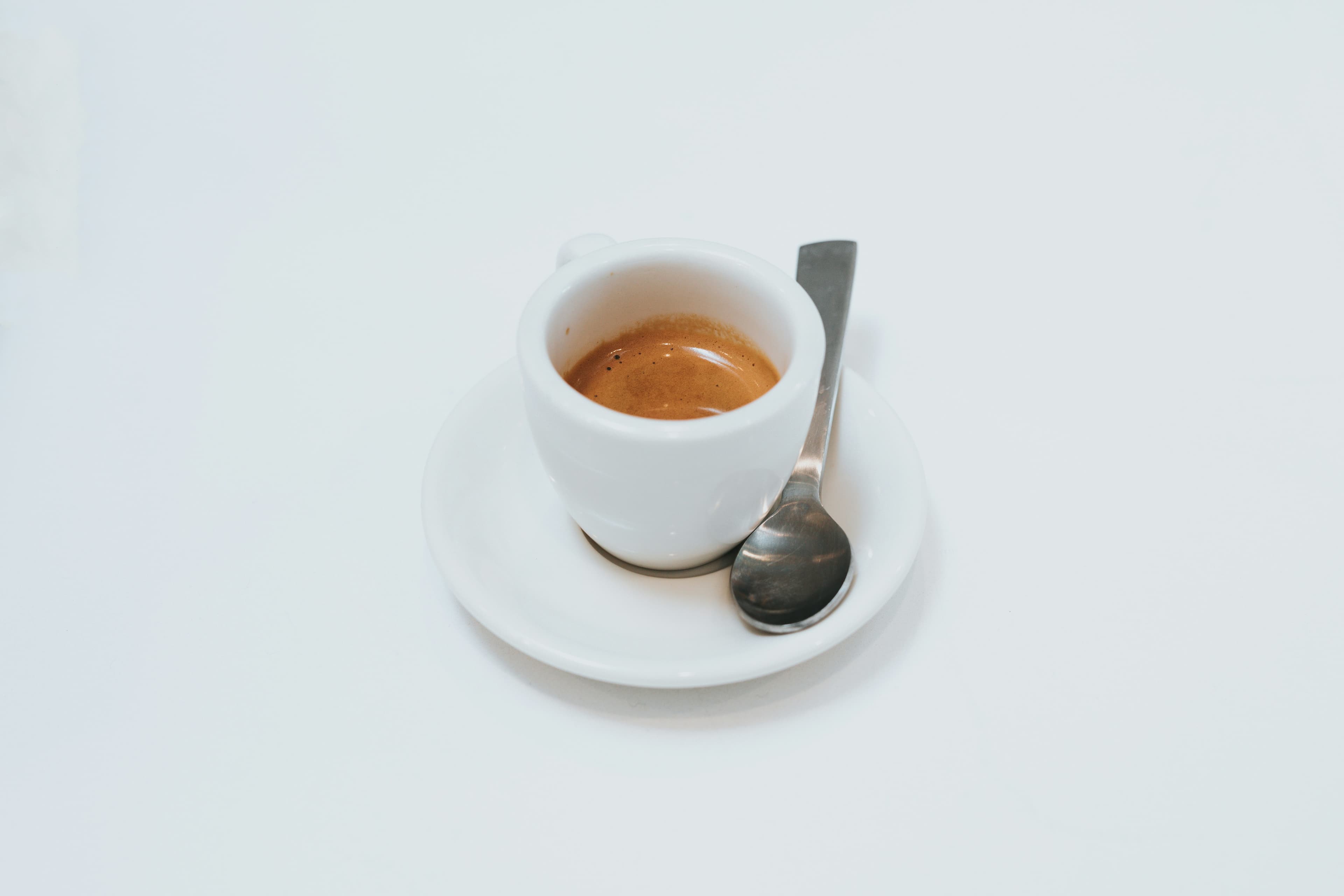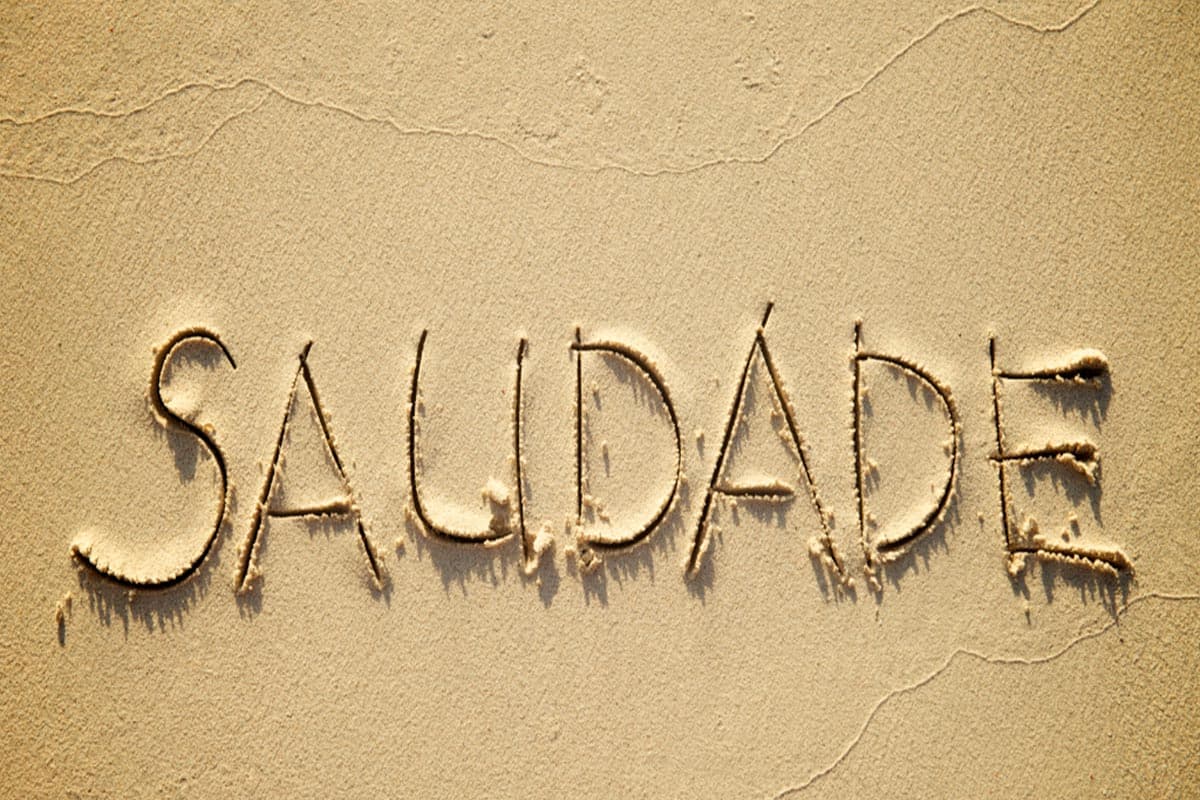
Cristiano Ronaldo doesn’t just have a museum… he also has an airport named after him!
Yes, he never ceases to amaze us, that Cristiano! The beloved child of Madeira doesn’t just have a collection of Ballon d’Ors or a line of underwear (yes, the one with the 4K abs on giant billboards—don’t pretend you haven’t seen it!). He also has… an airport named after him. That’s right! Because in Portugal, when people love, they don’t hold back—especially when it comes to CR7.
An airport in his image, impossible to miss
Destination Funchal, on the island of Madeira, his birthplace. As the plane begins its descent, you can already feel the vibe: dizzying cliffs, the ocean stretching to infinity, and there, on the tarmac, the sign “Aeroporto Internacional da Madeira Cristiano Ronaldo.” That’s right… And for the record, it’s one of the most dangerous airports in Europe (with its turbulent winds and short runway!).
The airport officially took this name in 2017, in honor of the most famous player the island has ever known (sorry to the others, but we’re talking Champions League level here). And like everything related to Ronaldo, it wasn’t done halfway: a grand inauguration, journalists from all over the world, ecstatic fans, and a perfectly groomed Cristiano in a suit, flashing his trademark smile while posing in front of… his own bust.
Ah yes, the famous bust (you already know where this is going)
It’s impossible to talk about this airport without mentioning the most famous (and most mocked) bust in the history of modern sculpture. The one that, let’s be honest, looked a bit like Cristiano Ronaldo… with a few differences.
The artist, Emanuel Santos, had good intentions: to pay tribute to the local hero. But the result triggered a tidal wave of memes on social media (yes, don’t deny it, you’ve probably seen it) on Twitter, Facebook, Instagram… the whole world laughed—kindly, of course, but intensely. Some saw a distant cousin of Buzz Lightyear, others a bronze version of the Joker.
Ronaldo, ever the captain of his image, took it with good humor (and probably a slight grimace). A few months later, the bust was replaced by another, more faithful to his natural beauty. The original quietly disappeared… but remains immortalized on the Internet (sorry, Google never forgets).
Why him, why an airport?
So, why name an airport after a footballer? Because Cristiano isn’t just a player in Portugal: he’s a brand, an ambassador, a true symbol! In Madeira, he’s seen as the hometown boy who conquered the world without ever forgetting his roots.
Born in Funchal in 1985, Ronaldo grew up in a working-class neighborhood, kicking a ball long before he signed any. His journey is the perfect story: a humble kid who became a global legend through hard work, talent, and a well-assumed ego (but hey, when you have five Ballon d’Ors, you can afford it!).
For Madeirans, he represents success, perseverance, and a bit of hope, too. Naming the airport after him is a way of saying, “Look how far you can go when you start from here.”

And because a museum wasn’t enough
Yes, in case you didn’t know: Cristiano Ronaldo also has his own museum in Funchal—the Museu CR7. Inside, it’s like stepping into the temple of Cristiano Ronaldo, but XXL version. Trophies, cups, jerseys, photos, golden boots… everything is there. Even holograms of Ronaldo celebrating a goal (in case you missed the previous 900). But don’t worry—it’s far from tacky. It’s a pilgrimage site for fans from all over the world. And believe me, even if you’re not a football fan, there’s something fascinating about seeing a man who turned his life into a global brand. (And let’s be honest, seeing that many trophies in one room is impressive.)
A local hero, world-famous
Ronaldo is a bit like Portugal’s uncrowned king. Beyond Madeira, he’s everywhere: in ads, in stadiums, in café conversations, even in economics textbooks (yes, some professors use his career as an example of entrepreneurship). And despite his jet-set life between Riyadh, Madrid, Manchester, and Turin, he often returns to Madeira. His family is there, his house (with an ocean view, of course), and this almost tender bond with his native island. The locals never get tired of it: every time he comes back, it’s almost like a national holiday!
An airport in his name… but also a symbol
In the end, this airport isn’t just a vanity project in Ronaldo’s honor. It’s a symbol of collective pride. When planes land on one of the most spectacular (and feared) runways in Europe, flying over the sea and cliffs, travelers read his name. And it’s like a message to everyone arriving: “Welcome to Ronaldo’s island. Here, we don’t dream small.”
It’s also a reminder that Portugal, often modest in its self-promotion, knows how to celebrate its icons. And honestly, if an airport had to bear someone’s name, better a football legend than a forgotten politician, right?
And now?
Today, Cristiano Ronaldo International Airport continues to make tourists smile and fill Madeirans with pride. Selfies in front of the bust (the new one, of course) are a must—right after a poncha and before sunset at the harbor.
Yes, some think it’s over the top. Others love it. But let’s admit it: having an airport named after you, a museum in your honor, and a legendary career, while still being the kid from Funchal… that’s pure class.
And if you ever pass through, look up as you step off the plane. Not to admire the cliffs—but to say, if only for a moment: “Obrigado, CR7.”
Share this article
Suggested articles

Why do Portuguese cafés always serve such tiny espressos?
In Portugal, you don’t order “a coffee” — you ask for “uma bica”. This tiny word represents a national institution: a strong, aromatic espresso served in a small porcelain cup. For outsiders, it might look almost symbolic, but in Portugal, it’s not about size. It’s about rhythm and culture.

Why Do the Portuguese Love Cod So Much When It Doesn’t Live in Their Seas?
Portugal is a country turned toward the sea. Its coastline stretches for more than 800 kilometers, and yet the most emblematic fish of its cuisine, bacalhau (salted and dried cod), does not live in Portuguese waters. A curiosity that intrigues travelers and fascinates food lovers alike.

How “Saudade” Became the Most Famous Untranslatable Word in the World ?
Ah, saudade… that word that drifts through the Portuguese air like a fado note, that slips into conversations without ever really being translated. If you live in Portugal, you’ve definitely heard it (maybe even felt it) without quite knowing how to explain it ! And if you haven’t yet, brace yourself : once you understand saudade, it never leaves you.

Why Do the Portuguese Love Cod So Much if It Doesn’t Live in Their Waters?
It is one of Portugal’s greatest culinary paradoxes: a country proud of having one of the largest maritime zones in Europe, with kilometers of Atlantic coastline and ancient fishing traditions, has made its national fish one that doesn’t even swim in its waters. Cod is absent from the Portuguese sea, yet omnipresent in the nation’s culture, gastronomy, and collective imagination.

The mystery of mosaic pavements, a Portuguese invention copied around the world
Ah… those Portuguese sidewalks! You know, the ones that make you walk with your head down in Lisbon or Porto, not because you’re lost in thought, but because they’re just so beautiful (and, let’s be honest, a bit dangerous if you’re wearing heels !). Those little black-and-white stones, sometimes arranged in spirals, sometimes in waves, and sometimes so slippery they deserve a warning sign that says, “Caution: hazardous masterpiece.” Yes, you know exactly what I’m talking about the calçada portuguesa, or Portuguese mosaic pavement.


